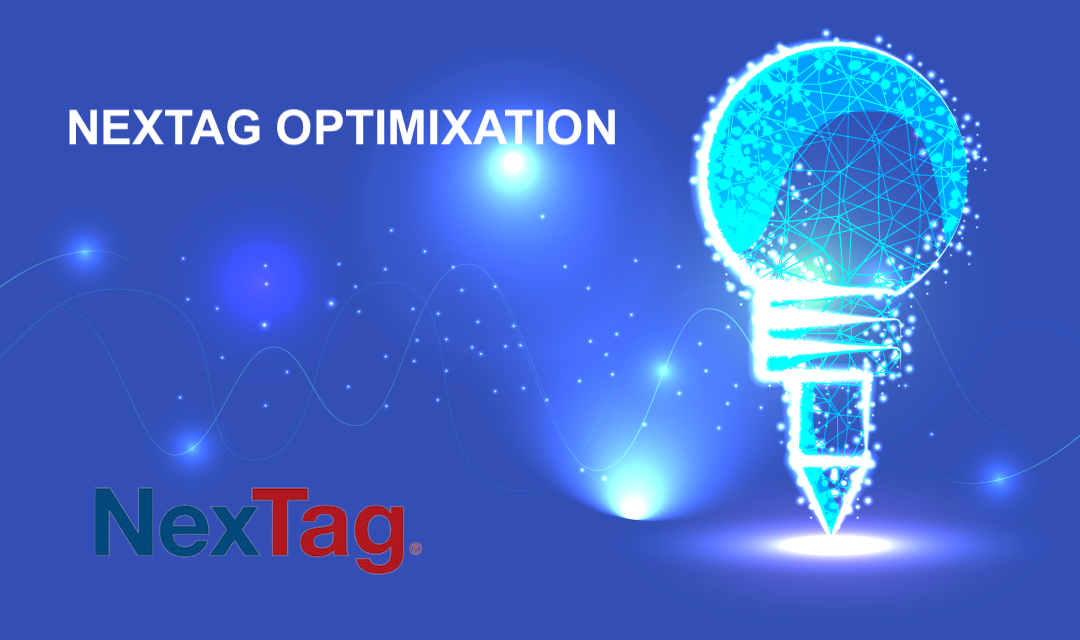
NextTag comparison shopping engine is offline since 2018-12-28, and they are no longer in business.

Nextag is one of the leading shopping comparison engines (CSE) existed since 1999. It offers a true price comparison by providing an overall price comparison including shipping and tax based on the shopper's geographic location. According to Channel Advisor, Nextag held an 18.2% market share in June 2010 in the shopping comparison market with over 17 million visitors each month. Research also shows as many as 45% of all shoppers use shopping comparison engines to find the best price before committing to purchase a product.
Nextag operates on a cost-per-click (CPC) model with predetermined minimum bids for each product category. By listing products on Nextag, a merchant can increase traffic and improve visibility within comparison search engines as well as utilize 3rd party ratings and reviews.
To produce the best results on Nextag, you'll need to build a data feed file that aligns with Nextag's recommendation. The following bullet points are some of the key recommendations offered by Nextag. Comparison Shopping Engine Optimization is a constant modification of the feed file for best performance, and Nextag is no different than other CSEs in the market.
1. Category Mapping to Nextag Taxonomy
One of the biggest challenges in creating an optimized data feed is mapping your shopping cart category to CSE's category. Incorrectly mapped products may appear in the wrong category and could be charged higher minimum bid amounts in addition to drawing non-targeted traffic. (1) By mapping your shopping cart category to Nextag taxonomy, you'll ensure that the products included in the data feed are listed correctly in the Nextag shopping engine. (2) By including the Product UPC or Manufacturer and MPN (manufacturer's part number) pair, the included product will be assigned to the appropriate category in many CSEs. (3) Adding keywords that describe your product in the product description will also help visitors find your product more easily as CSEs such as Nextag offer product filters in the advanced search form.
2. Product and Category Level Bidding
As outlined in CSE Optimization, overbidding products or categories may not always produce best results but it's worthwhile giving it a try to determine if bidding higher in certain product or category will improve the overall result. Nextag allows product and category-level price bidding. Product level bidding can be achieved by adding a column in a data feed, or through the merchant UI offered by Nextag. Category-level bidding is only available through Merchant UI. Nextag offers max CPC and fixed price CPC bidding. If product-level bids are above the category minimum they take precedence over category-level bids
3. Use Promotional Text
Nextag allows "Marketing Message" to be included in the data feed, which enables the merchant to add short promotional text along with their product listing. The Marketing Message program allows the merchant to display a text message up to 40 characters in length with a product listing. This may be done on the product or category level. You may use the "Marketing Message" program to offer Free Shipping, Rebate, or Coupon offers. You bid on the placement of the text. Bids start at five cents on top of any Rank CPC bid or category minimum.
4. Add Merchant Logo
Another option offered by Nextag is the ability to display the Merchant Logo next to the product listing. The extra CPC cost for logo inclusion ranges from five to ten cents depending on the category.
5. Become a Trusted Seller
Nextag grants Trusted Seller Status to merchants meeting all criteria preset by Nextag. Make sure you qualify for this program, and ask Nextag to approve you as a trusted seller by emailing them at [email protected].
![]() Need Help building a Nextag Feed File?
Need Help building a Nextag Feed File?
If you need help with generating an optimized Nextag Data Feed, please contact us by submitting a contact form.
Share this post
Leave a comment
All comments are moderated. Spammy and bot submitted comments are deleted. Please submit the comments that are helpful to others, and we'll approve your comments. A comment that includes outbound link will only be approved if the content is relevant to the topic, and has some value to our readers.

Comments (0)
No comment